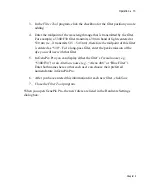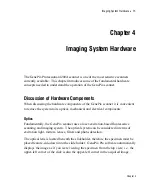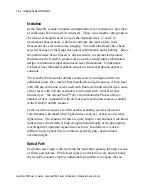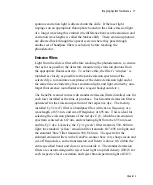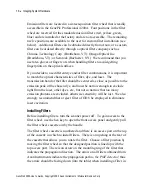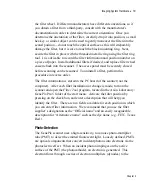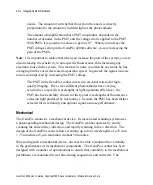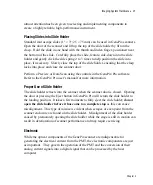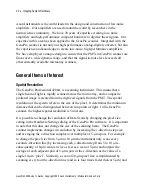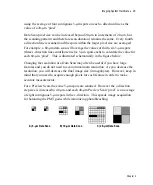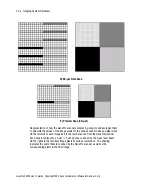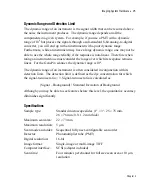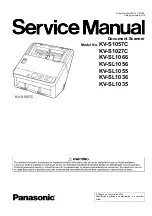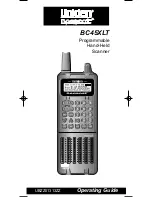
16
•
Imaging System Hardware
Excitation
In the GenePix scanner standard configuration, laser excitation is provided
by individual 635 nm and 532 nm lasers. These wavelengths correspond to
the ideal wavelengths used to excite the fluorophores Cy3 and Cy5
(Amersham Biosciences), which are currently the most widely used
fluorescent dyes for microarray imaging. The individual lasers have been
selected because of their superior optical performance and reliability. Since
the performance of such lasers is often sensitive to external temperature
fluctuations, the GenePix scanner uses an active temperature stabilization
design to minimize temperature-based laser fluctuations. Furthermore,
each laser has stabilized feedback output to ensure that photon output is
constant.
The GenePix Professional 4200A scanner can be configured with two
additional lasers for a total of four installed laser light sources. A blue laser
with 488 nm excitation can be used with fluorescein and similar dyes; and a
yellow laser with 594 nm excitation can be used with Texas Red and
similar dyes. The Alexa Fluor™ dyes from Molecular Probes offers a
number of dyes compatible with all four lasers excitation sources available
in the GenePix 4200A scanner.
Laser excitation sources are often used in scanning systems instead of
conventional wide-band white light sources such as a xenon or a mercury
light source. The reasons for this are quite simple: conventional wide-band
light sources do not deliver high enough photon density at the appropriate
wavelength for optimum signal-to-noise ratio. In addition, it is often
difficult to use optical filters to obtain spectrally pure, narrow-band
excitation light.
Optical Path
Excitation laser light is directed onto the slide after passing through a series
of filters and mirrors. While laser light is by definition very narrow band,
the GenePix scanner employs additional optical filters to ensure that no
GenePix 4200A User’s Guide, Copyright 2005 Axon Instruments / Molecular Devices Corp.












